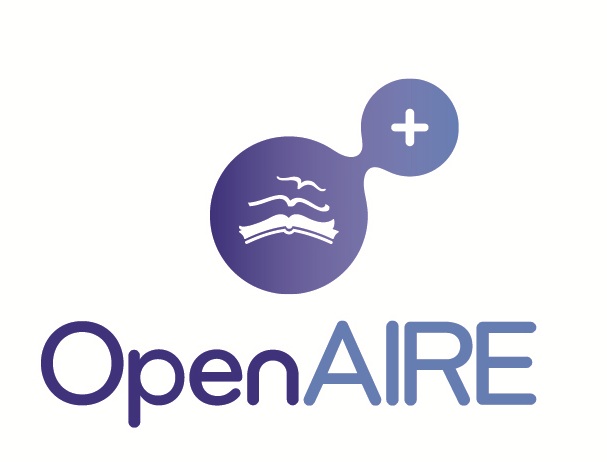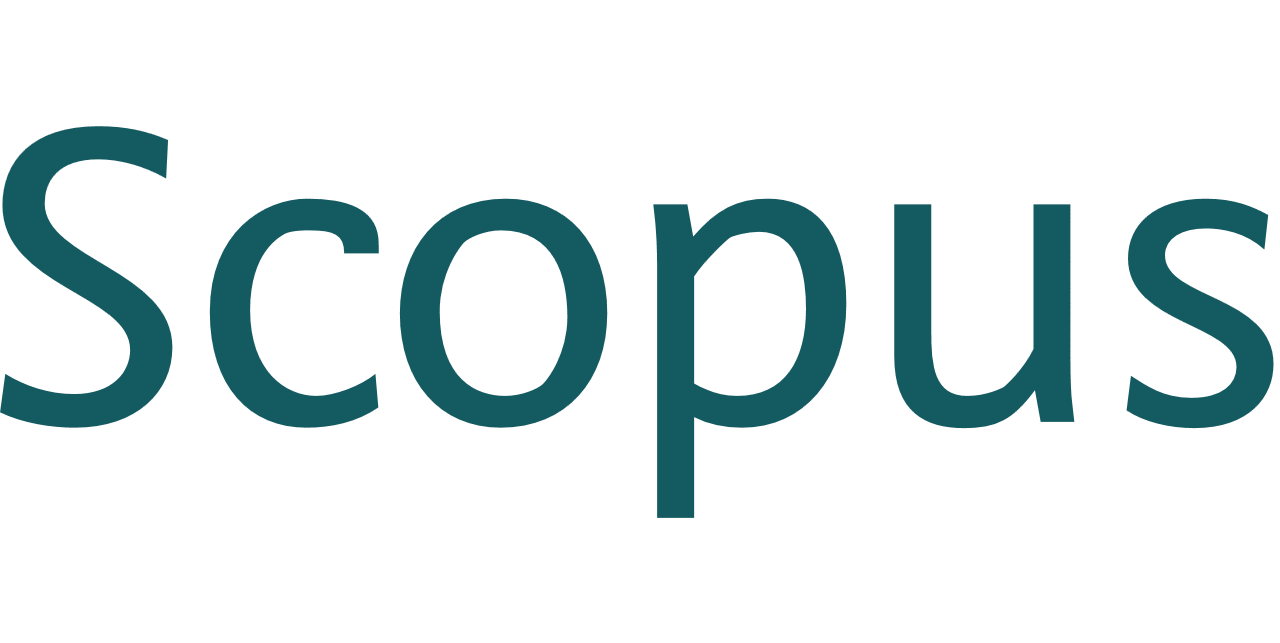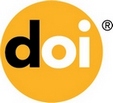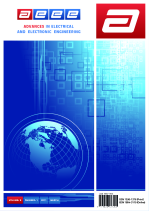Design of an Open Hardware Bridge Between Robots and ROS/non-ROS Environments
Yves Bergeon, Vaclav Krivanek
DOI: 10.15598/aeee.v16i2.2439
Abstract
To be able to use robots of the same type in a swarm (in this case differential-drive robots) from a centralized computer, you need to control them in the same way even if the robots come from different manu\-facturers. These robots should have the same capabilities: i.e. the same type of sensors and the same type of control commands. Currently, if we need to add sensors on a robot, we should first find out what are the hardware capabilities and what are the tools provided by the manufacturer (some have microcontrollers, others have ARM processors). The protocol to communicate with the onboard card (often a serial protocol) is different for each robot and we have to take that in account in our software so that the robots can be interchangeable.
This paper describes the design and the results of using a standard interface (bridge) on a robot which allows wireless communication with a centralized computer and local serial communication with a mobile robot. On this interface, we can connect every sensor we want (infrared, ultrasound, laser, Kinect etc.) and we can always use the same tools to control them.
Extension of the protocol of the Kobuki base (TurtleBot2) is proposed to be able to use the same type of frame as the TurtleBot 2 uses and to continue to use ROS middleware as is, but with the possibility to use data from new sensors implemented on the bridge. This article will focus on the use of the TurtleBot 2, but the same bridge will be adapted to other robots allowing their interchangeability in the future.






















